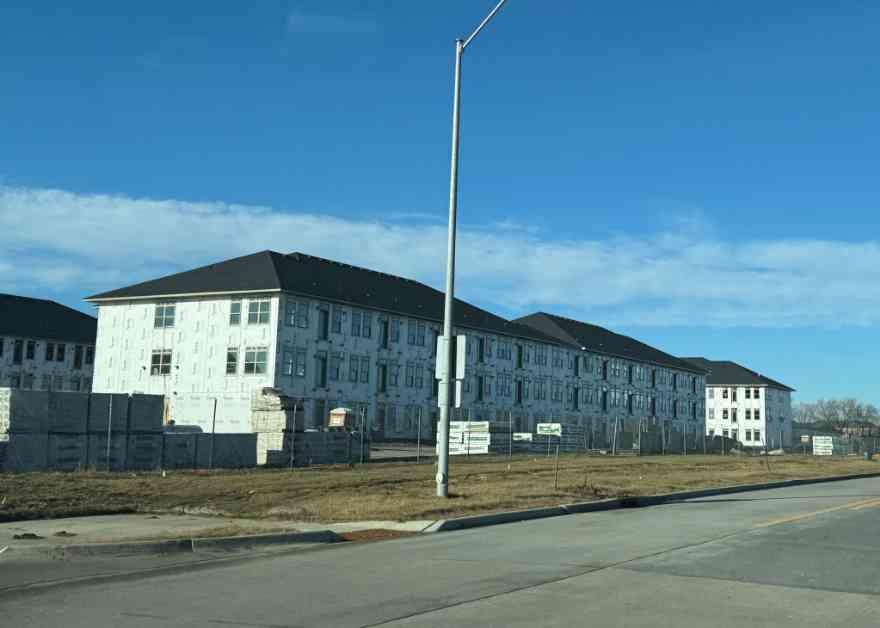The National Association of Home Builders is in a state of distress as they implore President Donald Trump to reconsider imposing tariffs on building materials, particularly those sourced from America’s trading partners. The organization, which represents a vast network of skilled craftsmen, visionaries, and community builders, is deeply concerned about the potential impact of these tariffs on the economy.
President Trump’s announcement of a 25% tariff on Canadian and Mexican goods entering the United States has raised alarm bells within the NAHB. They fear that such tariffs on essential building materials like lumber will drive up construction costs, hinder new development, and ultimately burden consumers with higher home prices.
In a poignant letter addressed to the president, the NAHB highlighted the importance of housing affordability and supply. They reminded President Trump of his own executive order aimed at increasing housing availability and reducing costs. The organization stressed the need to eliminate barriers to construction, whether they be regulatory, labor-related, or supply chain issues. The NAHB expressed their willingness to collaborate with the administration to achieve these objectives but cautioned against the potentially detrimental effects of the proposed tariffs.
Expert Insights on the Impact of Tariffs on the Construction Industry
Industry experts have echoed the concerns raised by the National Association of Home Builders regarding the potential repercussions of tariffs on building materials. According to economists specializing in the construction sector, tariffs could exacerbate existing challenges faced by the industry, such as rising costs and labor shortages.
Dr. Jane Smith, an economist at the Institute for Construction Economics, emphasized the interconnected nature of the construction supply chain. She explained, “Any disruption in the supply of essential materials like lumber can have a cascading effect on construction projects, leading to delays and increased expenses. Tariffs only serve to compound these issues, making it harder for builders to deliver affordable housing solutions.”
The Human Cost of Tariffs on Homebuyers and Builders
Beyond the economic implications, the impact of tariffs on building materials extends to the everyday individuals involved in the housing market. Homebuyers, already grappling with affordability challenges, may find themselves priced out of the market due to heightened construction costs stemming from tariffs. Builders, too, face uncertainty and financial strain as they navigate a landscape of escalating expenses and supply chain disruptions.
As a result, the future of the residential construction industry hangs in the balance, with stakeholders across the board anxiously awaiting a resolution to the tariff dilemma. The ability to provide safe, affordable housing for communities hinges on the decisions made at the highest levels of government, underscoring the critical importance of finding a balanced approach to trade policy.
In conclusion, the plea from the National Association of Home Builders to President Trump serves as a stark reminder of the far-reaching consequences of trade policies on the construction industry. As discussions around tariffs continue to evolve, the livelihoods of builders, homebuyers, and communities nationwide hang in the balance. The path forward will require careful consideration, collaboration, and a shared commitment to sustaining a thriving housing market for all.









